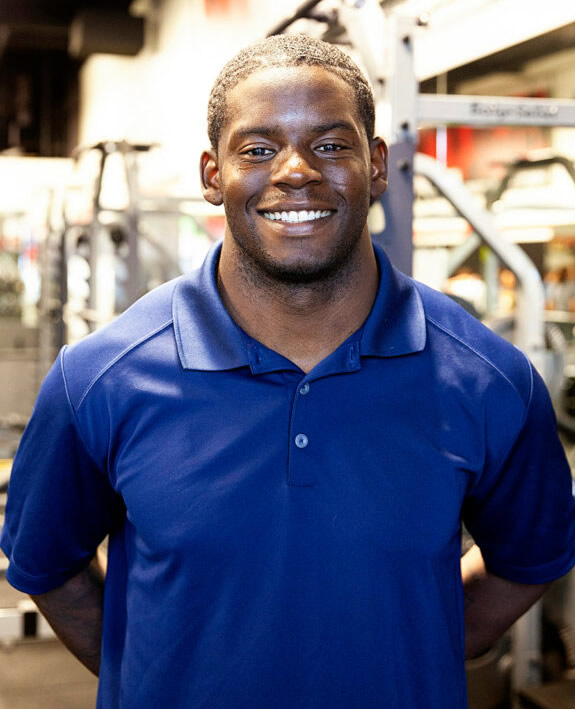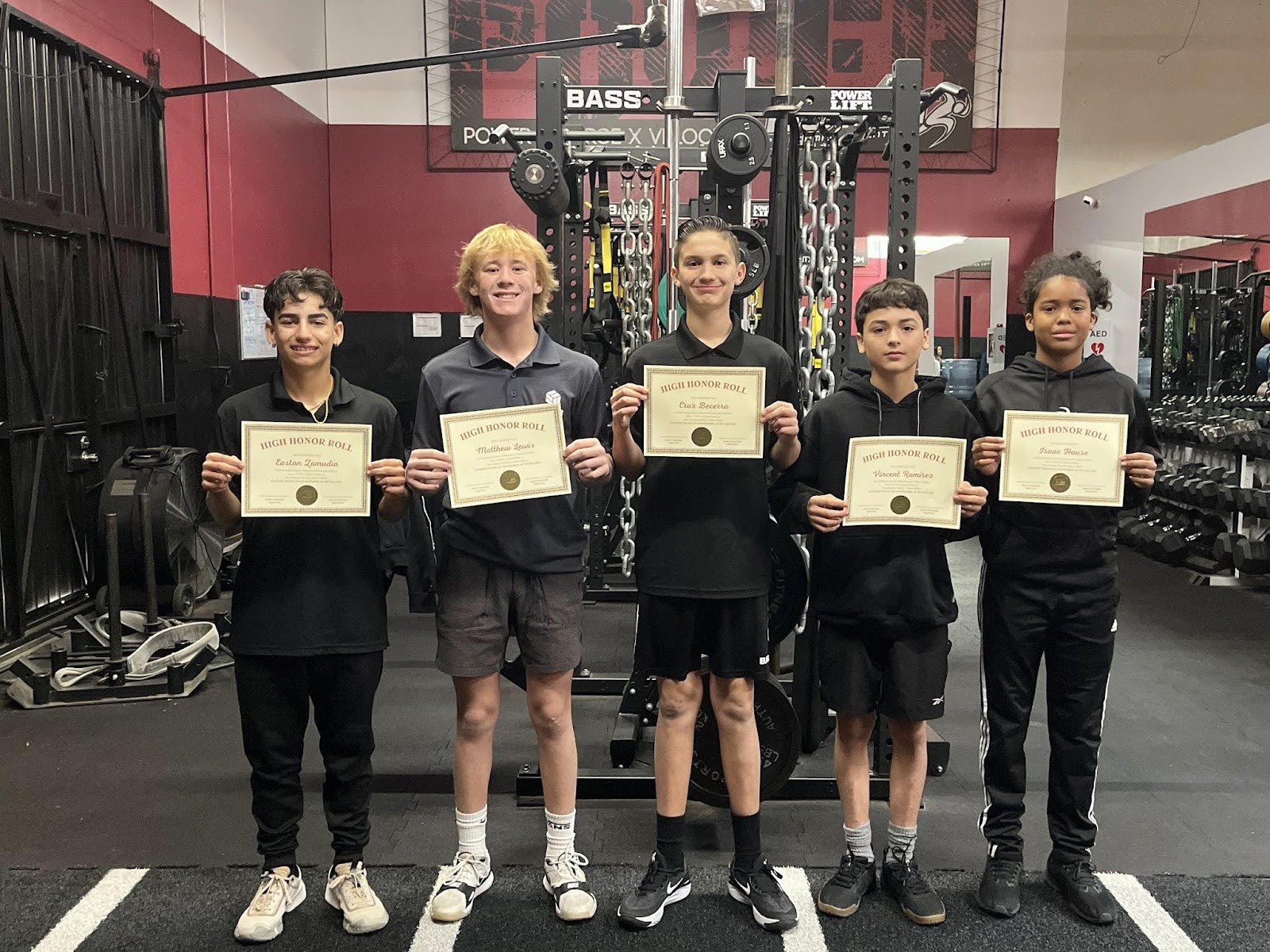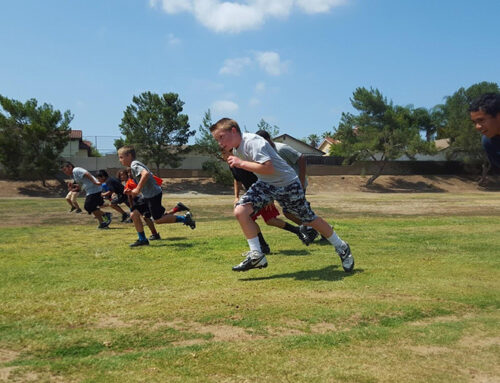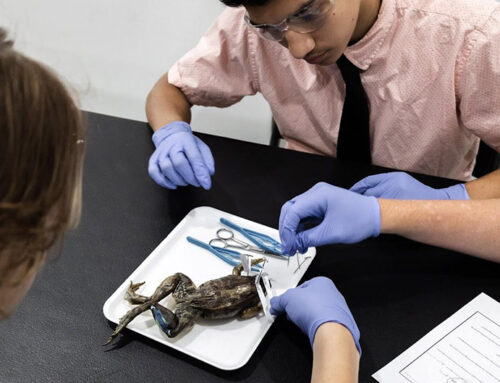The Wild West of College Athletics
As if things couldn’t get any crazier, the world of amateur sports has become even wilder. Student-athletes can now earn money through their Name, Image, and Likeness (NIL), colleges may soon share athletic revenue with players, and the transfer portal has reshaped recruiting. How should you feel about all of this? Well, that depends on your perspective.
If you’re a high school student-athlete, you might feel uncertain about the shifting pathway to college sports. College athletes, meanwhile, are witnessing an era of unprecedented opportunities. Parents may find themselves reevaluating how to guide their children toward success, and coaches are navigating a recruiting landscape unlike anything before.
Adapting to Change: Success in the NIL Era
The truth is, college sports are not going back to the old ways. The NCAA’s historic structure is changing, and while new regulations may emerge, the landscape is permanently altered. Despite the uncertainty, one fact remains: timeless principles of success still apply. To thrive in this new era, student-athletes must focus on one key factor—building their value.
What Does It Mean to Build Your Value?
Building your value isn’t just about social media followers or personal branding. At its core, it’s about self-worth and development. Here’s how athletes can truly set themselves apart:
- Academic Excellence: Maintaining a 3.5+ GPA and a strong work ethic will remain crucial. Many academic scholarships provide greater financial security than athletic scholarships.
- Intangibles Matter: Being coachable, hardworking, and professional sets athletes apart. Talent alone won’t guarantee opportunities.
- Long-Term Thinking: Athletics won’t last forever. Developing skills beyond sports ensures success beyond the playing field.
- Relationship Building: The best athletes understand that people help those they like. Character and attitude matter as much as performance.
The Changing Landscape of College Recruiting
A major legal settlement could soon reshape college athletics even further. If approved, this settlement could lead to:
1. More Opportunities at Group of 5 or FCS Schools
With the transfer portal increasing competition, high school recruits may find more early playing time at Group of 5 or FCS programs, which could serve as valuable development opportunities.
2. The End of Walk-On Opportunities
If revenue-sharing is approved, schools may limit roster sizes to control costs. This could lead to fewer or even eliminated walk-on spots.
3. Unequal Scholarships
Programs could offer significantly different scholarship amounts to individual players, increasing the financial benefits for some while making opportunities more competitive for others. High school recruits may find better scholarship offers at lower-conference schools.
Moving Forward: How to Stay Ahead
While change can be overwhelming, there’s no need to panic. Student-athletes should always focus on self-improvement and competitiveness. Success will still come to those who prepare, adapt, and perform at a high level.
Advice for Parents
Instead of focusing on marketing your child as an athlete, emphasize their academic development. Academic scholarships remain a stable route to college sports and often provide more long-term security than athletic scholarships.
The Big Takeaway
Everyone is eager to discuss how student-athletes can earn more money, but let’s put that same energy into becoming more valuable—on and off the field.
-Boostman

Owner, Boost Training Systems in Corona, CA
Level 1 & 2 Coach Bommarito Performance
CSCS, USAW




















